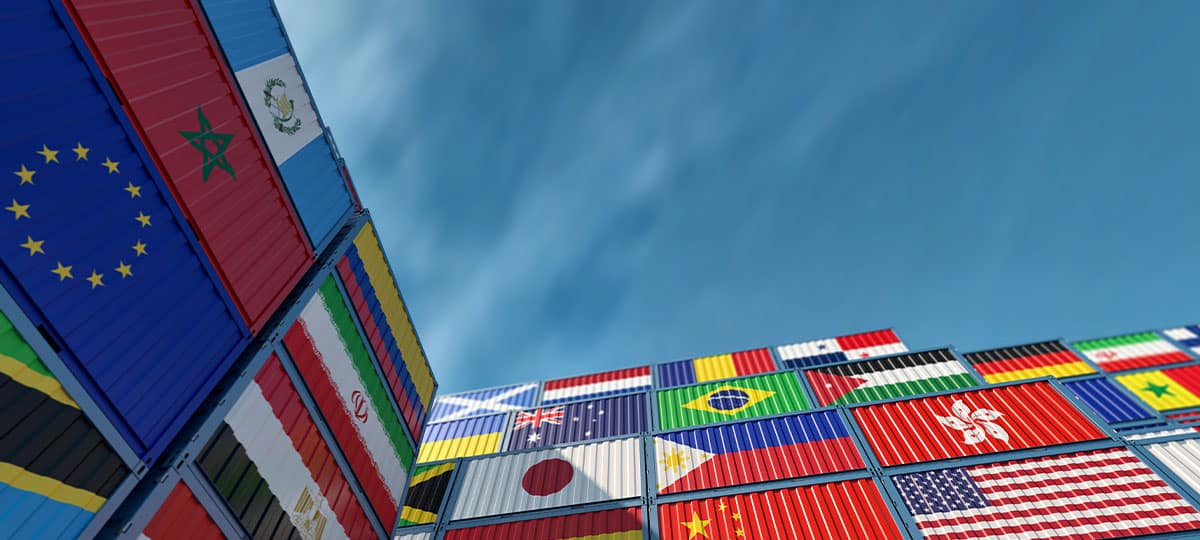First things first:
- In everyday university life, there are numerous opportunities to use a good translation tool.
- A wide range of translation tools is available—but which one suits your needs?
- We introduce the three most popular options—DeepL, Google Translate, and ChatGPT—and explain their features, advantages, and disadvantages.
DeepL
This translation tool markets itself as “the most accurate translator in the world.” Its name derives from the concept of “deep learning,” a subfield of artificial intelligence. Developed by a Cologne-based startup, DeepL is now even successfully listed on the stock exchange. According to its website, the tool combines neural networks with innovative AI methods and claims to deliver translations up to “three times more accurate than the (…) competition.”
The interface is user-friendly. When a text is entered, the tool automatically detects the language and provides a translation. DeepL can also translate uploaded documents into another language. Additionally, there’s a feature where you can click on a word to see its meaning in more detail. The paid Pro version also offers the option to choose a “formal” or “informal” style for translations.
A minor downside of DeepL is that it currently supports only 31 languages. By comparison, Google Translate supports 133 languages. Nevertheless, the most common languages are included.
Google Translate
This translation tool needs no introduction—it’s arguably the most well-known on the market. As mentioned earlier, Google Translate offers the widest selection of languages among translation tools and includes several useful additional features.
Google Translate also automatically detects the language of the text entered—handy if you’re unsure what language it is. Furthermore, the tool can translate uploaded documents, images with text, entire websites, and even spoken text into any desired language. Additionally, the service is free, unlike DeepL, which requires a Pro subscription after a certain number of daily requests.
Although Google Translate often provides good translation options, tools that utilize AI tend to produce more natural-sounding results. Machine-generated translations are sometimes more noticeable with Google Translate. If you’re looking for a free tool with many useful features but are willing to tweak translations slightly, Google Translate is the right choice.
ChatGPT
The chatbot powered by artificial intelligence (AI) has garnered much attention in recent months for its impressive capabilities. In addition to creating outlines for term papers and assisting with email writing, ChatGPT is also a competent translation tool.
Simply input the text to be translated along with a note indicating the desired language, and ChatGPT will produce the translation. Thanks to AI, you can adjust the tone of the response or ask for a more detailed explanation of the results. For instance, if you’re translating an abstract for a term paper, you can instruct ChatGPT to optimize the grammar, structure, and word choice in the target language.
As a translator, ChatGPT offers some attractive features that set it apart from other tools. However, it is not specifically designed for translation and may therefore be less precise than tools developed explicitly for this purpose. In our test, ChatGPT often took more liberties with translations than DeepL or Google Translate, which tend to stay closer to the original text.
Depending on what you expect from a translation tool, different options may be more suitable. Generally, you should keep in mind that while the tools presented here are helpful and are continuously improving (with the help of AI), they are not 100% reliable. Human language often contains too many nuances, layers, complex references, and humor to be adequately captured without additional context or a highly advanced understanding of the language.
If you need a translation for a particularly important purpose, it’s worth having the text reviewed by someone fluent in the language or consulting a combination of different tools.
Frequently Asked Questions
DeepL is known for its high precision, often delivering better grammar and natural-sounding translations than other tools, thanks to its use of artificial intelligence.
Yes, ChatGPT can translate texts and use artificial intelligence to adapt the style or optimize the text if you wish. It offers flexibility, but is often less precise than specialized translation tools.
The downside of DeepL is its limited number of languages: it only supports 31 languages, which is significantly less compared to other tools, such as Google Translate.
Google Translate supports over 133 languages, can translate spoken text and images, and can transmit entire web pages in real-time, making it more versatile than other tools.
Do you like our magazine? Then sign up for our GRIN newsletter now!







